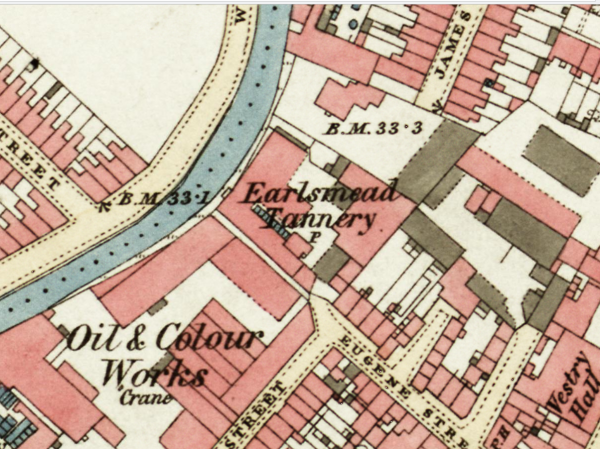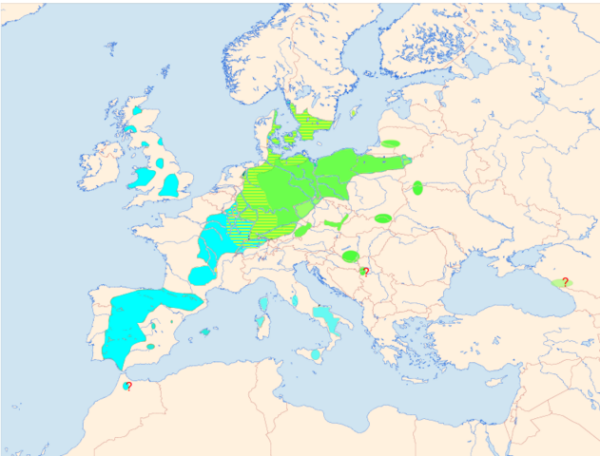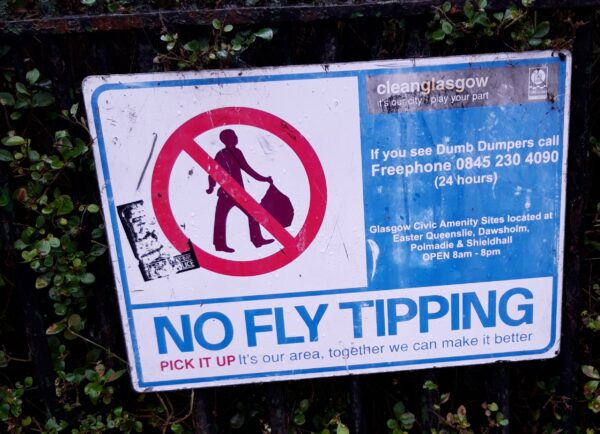Fossil fuel mined with weasel words
Q: when is a land reclamation scheme not a land reclamation scheme?
A: When it’s actually an open-cast coal mine covering four square kilometres of south Wales.
Which transports us Merthyr Tydfil and its inappropriately-named Ffos-y-fran Land Reclamation Scheme, which Wikipedia describes as a ‘major opencast coaling operation‘ to the town’s north-east.

The scheme’s operators have this week filed an application to keep mining coal there for a further nine months until June 2023, according to Wales Online, with landscaping of the site completed by December 2024.
As revealed by the Wales Online article, the main aim of the scheme is the mining of 10 million tonnes of coal.
In your ‘umble scribe’s opinion, this is not reclamation in either of its definitions, i.e.:
- the activity of getting useful materials from waste (unless the land itself is regarded as waste. Ed.); or
- the activity of making land that is under water or is in poor condition suitable for farming or building.
It is the pure and simple plundering of highly polluting fossil fuels for profit at a time when a climate crisis is occurring due to the past profligacy of homo sapiens – a misnomer if ever there was one – with fossil fuels, to which there is still no end in sight, especially under the less than benign apology for a government of one Mary Elizabeth Truss, which seems committed to continue fossil fuel extraction and shale gas in particular.















